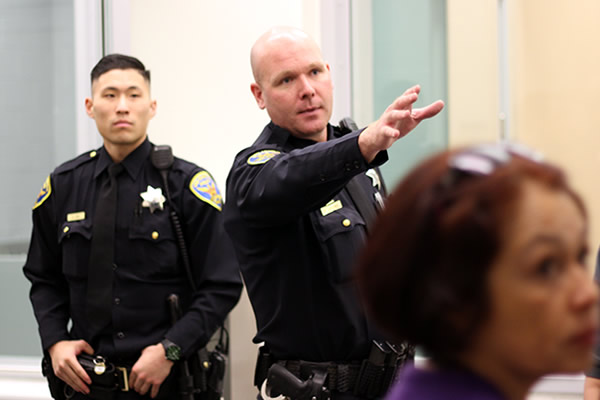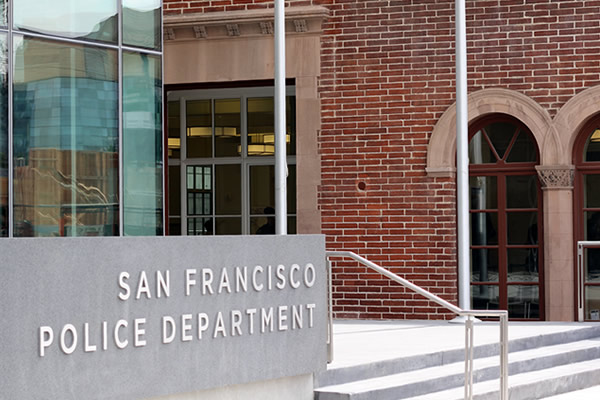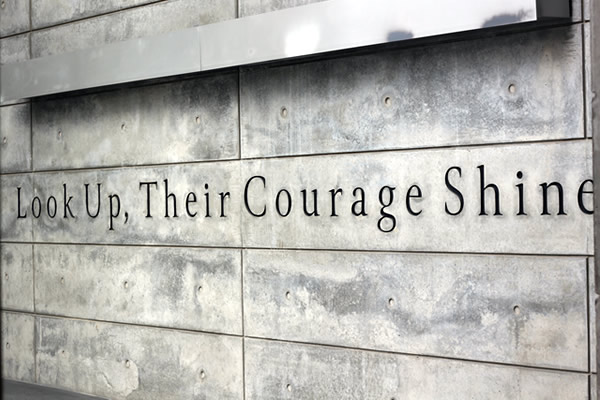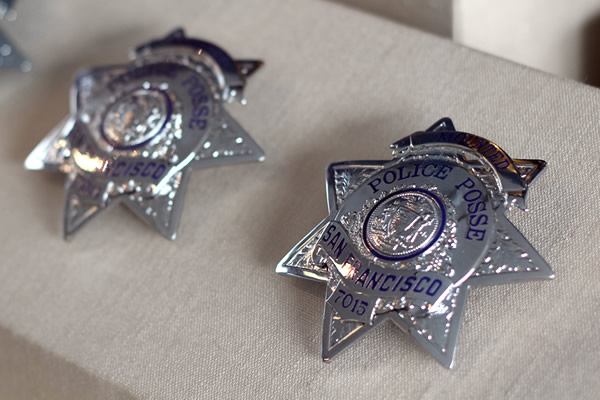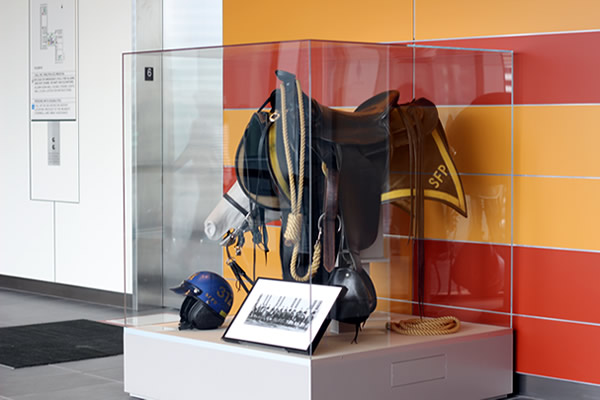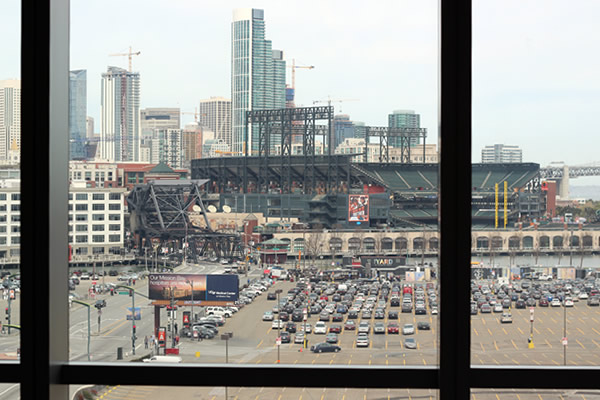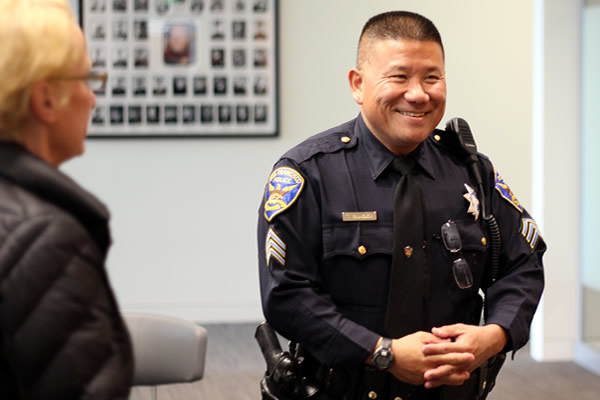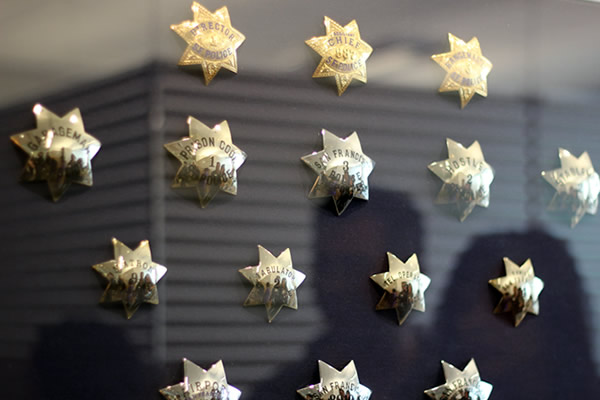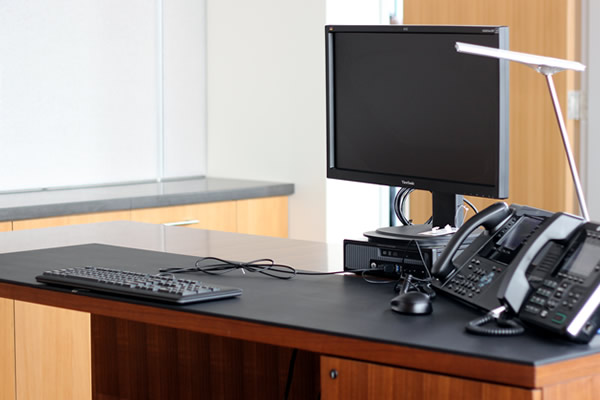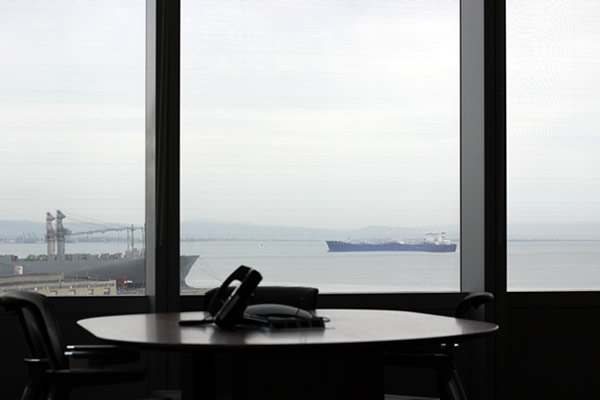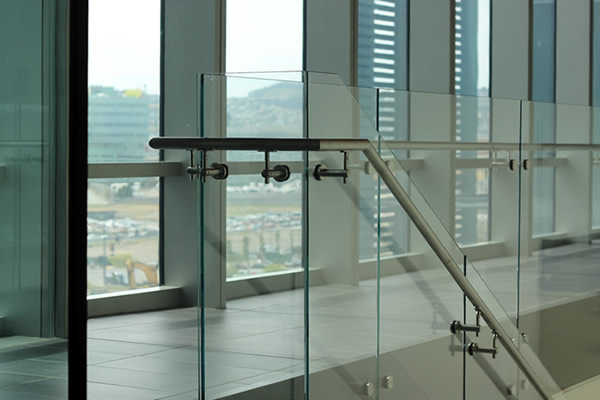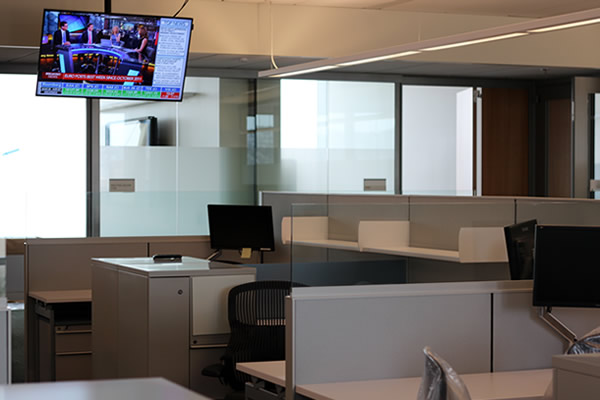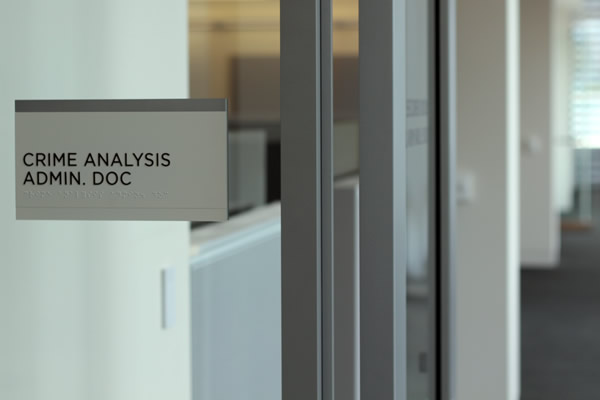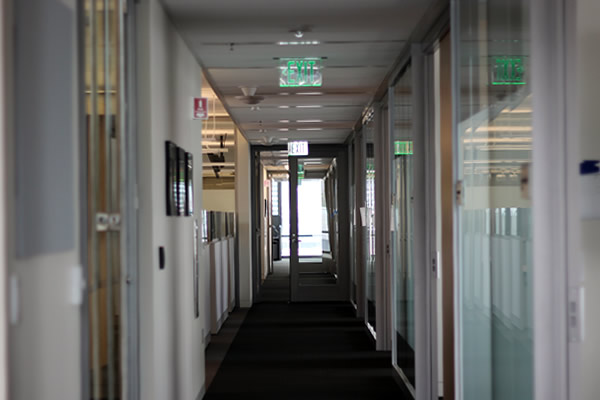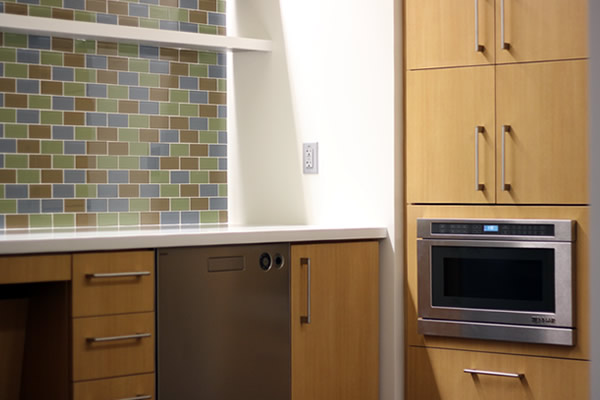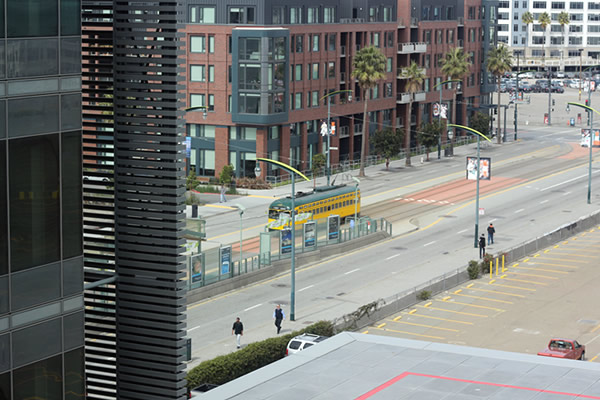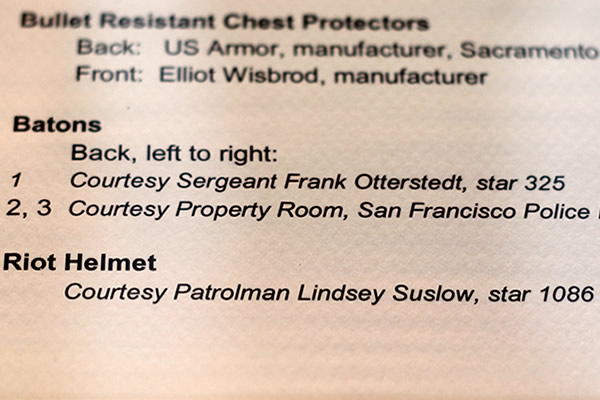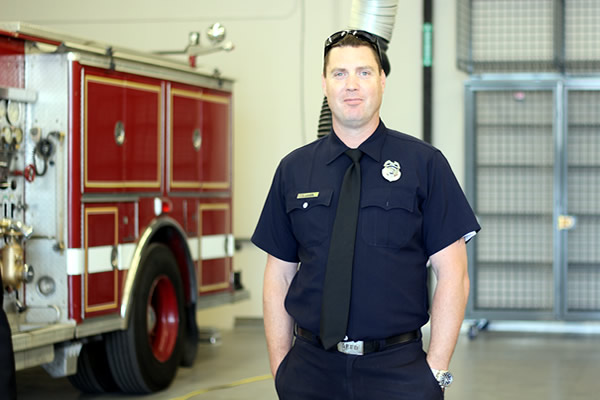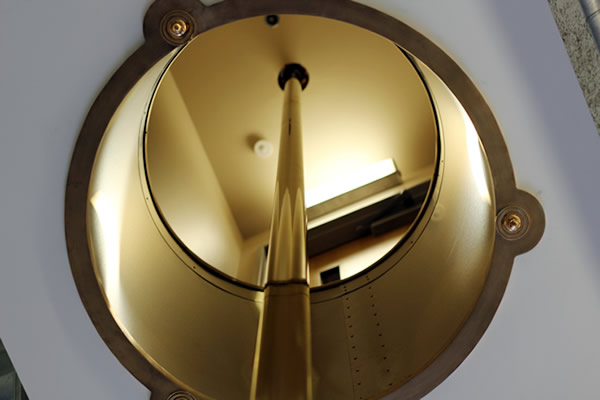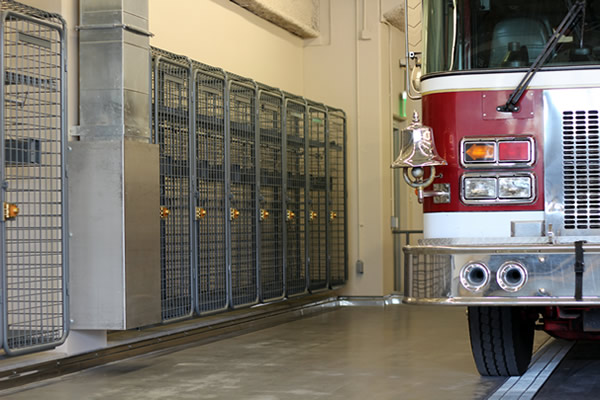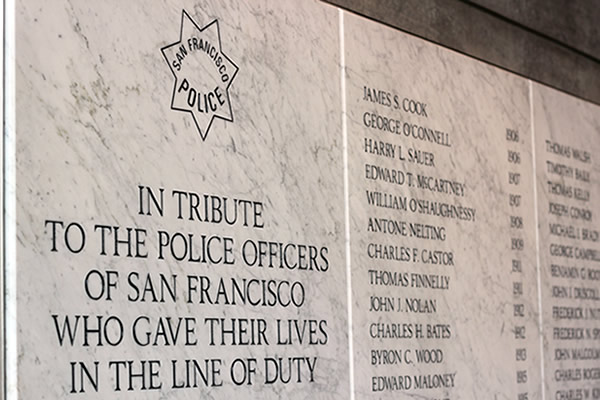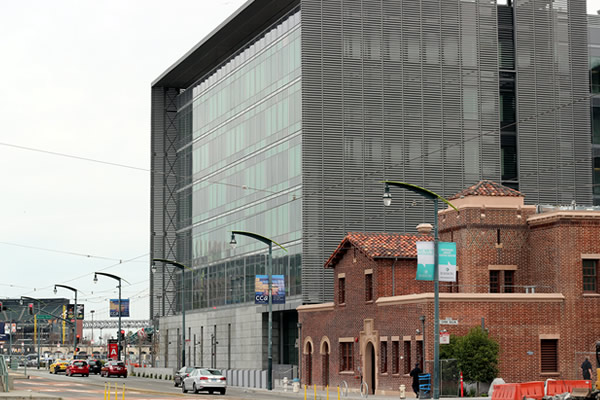 ***From SF Department of Public Works***
***From SF Department of Public Works***
SF’s new state-of-the-art Public Safety Building campus will house SPFD headquarters, Southern District Police Station, Fire Station No. 4, Arson Task Force and a community meeting room.
Construction began in October 2011 and was substantially completed in March 2015. Southern Police Station and Fire Station No. 4 will become fully operational on March 28, 2015.
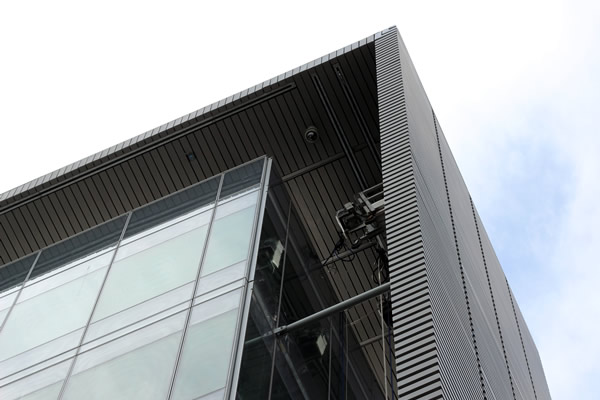 Built to modern seismic standards, the Public Safety Building was designed to operate for up to 96 hours off the grid. The secure facility provides the necessary structural and operational resiliency to enable Police Department leadership promptly and efficiently coordinate public safety response after an earthquake or other major disaster.
Built to modern seismic standards, the Public Safety Building was designed to operate for up to 96 hours off the grid. The secure facility provides the necessary structural and operational resiliency to enable Police Department leadership promptly and efficiently coordinate public safety response after an earthquake or other major disaster.
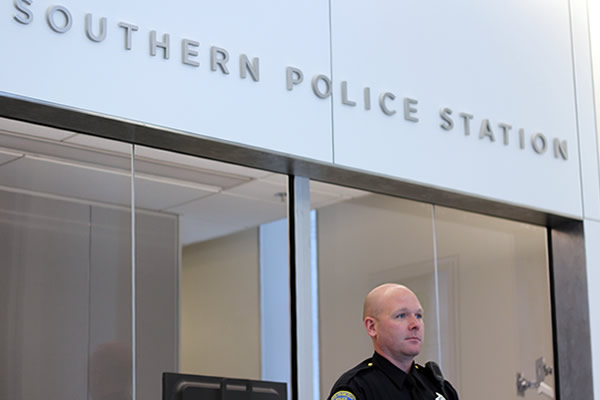 The Southern District Police Station will serve the South of Market, China Basin, Embarcadero and Mission Bay neighborhoods.
The Southern District Police Station will serve the South of Market, China Basin, Embarcadero and Mission Bay neighborhoods.
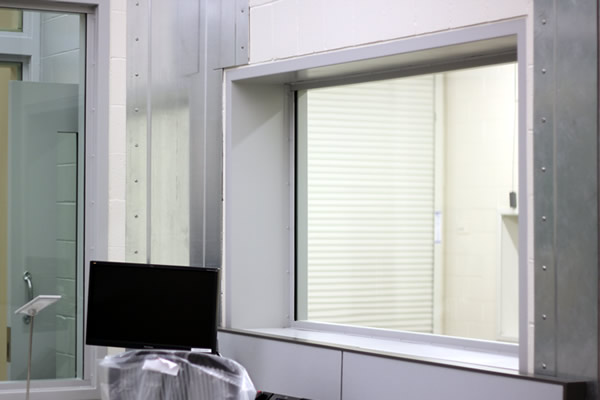 Both police headquarters and the police station are being relocated from the seismically deficient Hall of Justice at 850 Bryant St., where they have been housed since the 1950s.
Both police headquarters and the police station are being relocated from the seismically deficient Hall of Justice at 850 Bryant St., where they have been housed since the 1950s.
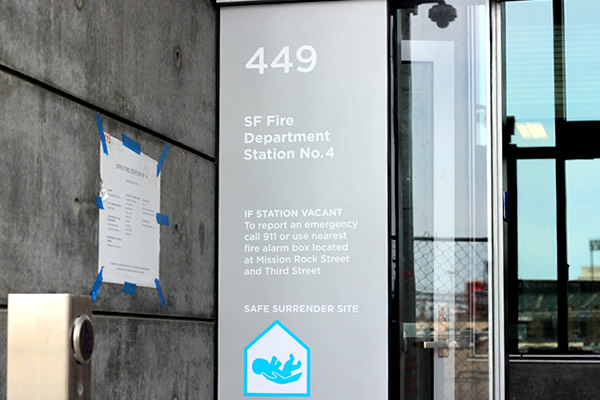 The new fire station will serve the growing Mission Bay neighborhood, which when fully built out will include ,000 housing units, 4.4 million square feet of office/life science/biotechnology space, a hospital complex, research campus and 500,000 square feet of retail space and other neighborhood-serving uses.
The new fire station will serve the growing Mission Bay neighborhood, which when fully built out will include ,000 housing units, 4.4 million square feet of office/life science/biotechnology space, a hospital complex, research campus and 500,000 square feet of retail space and other neighborhood-serving uses.
The historic Fire Station No. 30 was renovated to house the Arson Task Force and a community room for use by neighborhood residents. The brick fire station is eligible for listing on the National Register of Historic Places.
The Lead Architect for the project is HOK, with Associate Architect Mark Cavagnero Associates. Interior architecture responsibilities were covered by SF Public Works. The construction manager and general contractor was Pankow Builders, with project and construction management by Public Works.
The SF Arts Commission commissioned two public art installations for the campus:
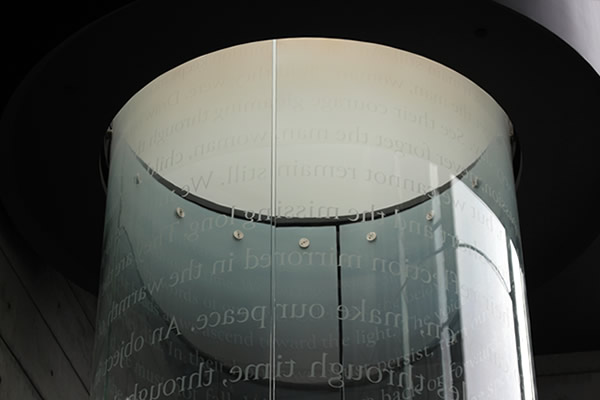 Shimon Attie’s memorial to fallen SF Police Officers, “Spiral of Gratitude,” combines the elements of glass, sky and light, together with the written word to create an immersive memorial in the building’s lobby.
Shimon Attie’s memorial to fallen SF Police Officers, “Spiral of Gratitude,” combines the elements of glass, sky and light, together with the written word to create an immersive memorial in the building’s lobby.
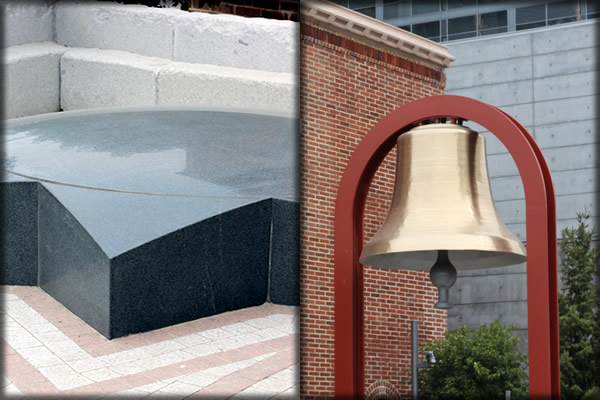 Paul Kos’s First Responder Plaza incorporates three unique icons, a conifer, a bell and a star, to form a inviting, meaningful space where the public can sit and enjoy the outdoors.
Paul Kos’s First Responder Plaza incorporates three unique icons, a conifer, a bell and a star, to form a inviting, meaningful space where the public can sit and enjoy the outdoors.
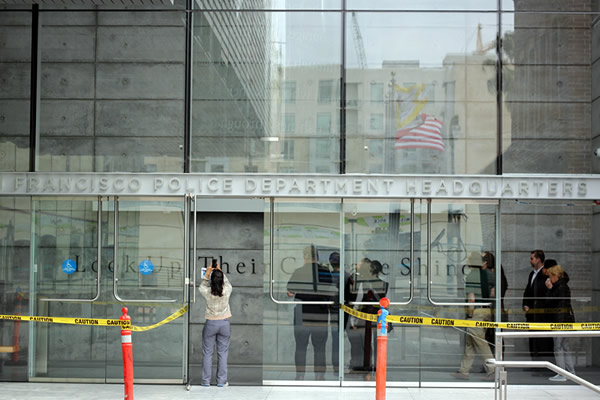 The facility is designed to meet a green building certification rating of LEED (Leadership in Energy and Environmental Design) Gold. The energy saving elements include solar power, reuse of grey water, rainwater collection for irrigation, active chilled beams to heat and cool the building and lighting controls that automatically adjust to natural light in a room.
The facility is designed to meet a green building certification rating of LEED (Leadership in Energy and Environmental Design) Gold. The energy saving elements include solar power, reuse of grey water, rainwater collection for irrigation, active chilled beams to heat and cool the building and lighting controls that automatically adjust to natural light in a room.
Crews drove more than 200 piles into bedrock that is located 200 to 250 feet below ground to stabilize the building. The water table at the site ranges between 4 and 10 feet below grade.
The $243 million project was funded by the 2010 Earthquake Safety and Emergency Response (ESER) bond, which voters approved with 79 percent support.
ESER 2010 began efforts to seismically reinforce the City’s firehouses and emergency firefighting water system and to construct the new Public Safety Building. In June 2014, SF voters passes a new ESER bond to continue the important work, with an added focus on district police stations and the relocation of the motorcycle police, crime lab and medical examiner from the Hall of Justice to new, seismically secure facilities.
The project created 750 jobs in SF, and involved 158 subcontractors, with 82 LBE (Local Business Enterprise) businesses participating. SF residents worked 287,000 hours on site to build the project.
The Public Safety Building is part of SF’s 10-Year Capital Plan, and represents the City’s commitment to building a stronger future. The plan provides a financing strategy for the City to deliver infrastructure investments, without raising property tax rates or overburdening the General Fund.
The public art component was funded through the City’s percent-for-art ordinance, which is administered by the SF Arts Commission and requires that 2 percent of a project’s gross estimated construction costs be set aside for public art.
More photos:

